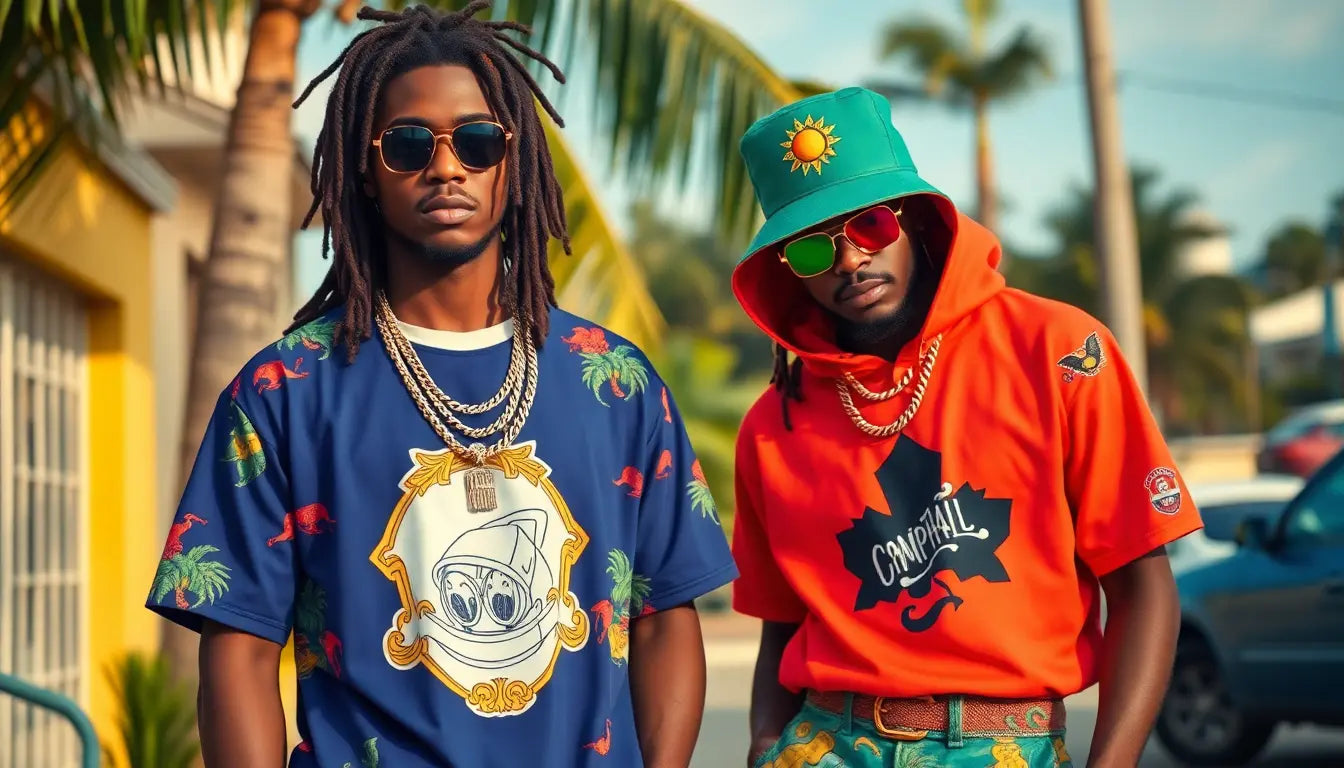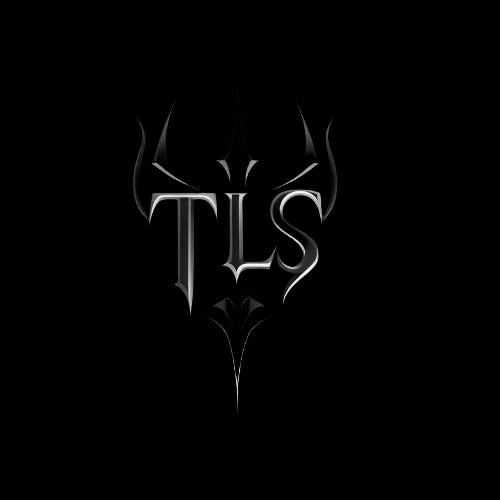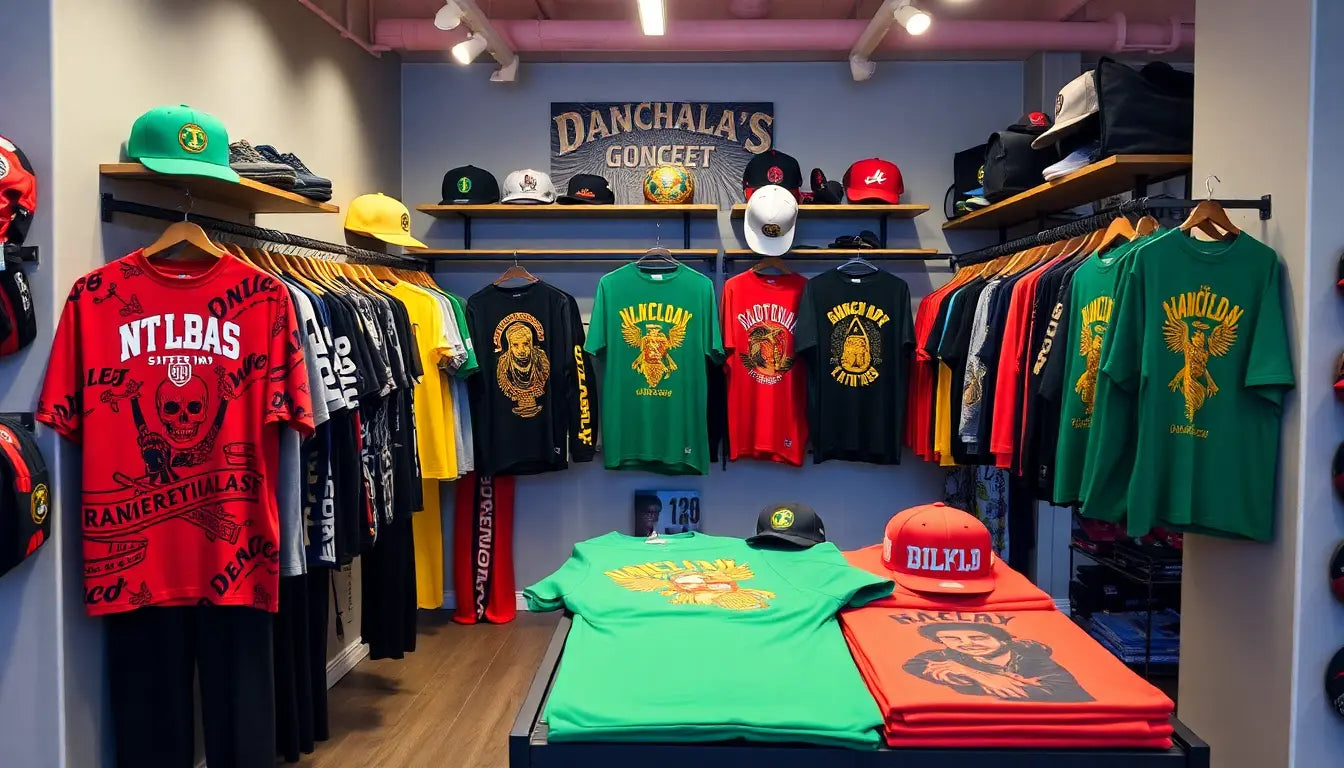
Scaling Island Aesthetics: The Logistics, Design & Community Tactics Powering Tommy Lee Sparta’s Dancehall Streetwear
Introduction
Dancehall streetwear has moved from local market stalls and concert merchandise tables to global e-commerce storefronts and curated boutique racks. When a powerful cultural figure like Tommy Lee Sparta lends authenticity to a brand, the opportunity to scale is enormous—but so are the pitfalls. Preserving island aesthetics while building operational resilience requires a deliberate strategy across design, production, logistics, marketing, legal protection, and community engagement.
What Makes Dancehall Streetwear Unique (SEO: dancehall streetwear, island aesthetics)
Dancehall streetwear isn't only about garments; it's a cultural expression tied to sound systems, clubs, stage performance, and diasporic identity. Successful brands translate the music's attitude and ritual into wearable, shareable, and collectible items.
- Place-based authenticity: Visual cues that evoke Jamaica and the wider Caribbean — iconography, typography, and color — anchor the brand.
- Movement and performance: Clothing must read correctly on camera and stage, with silhouettes and printing that hold up under bright lights and sweat.
- Community validation: Fans judge brand value by how well it reflects lived and aspirational experiences of the culture.
Establishing Brand DNA for Tommy Lee Sparta’s Line
Before producing a single tee, articulate a clear brand DNA. This reference document will guide design, partnerships, and messaging as the brand scales.
- Core narrative: Define the story — is it strictly artist-merch, a lifestyle brand, or a cultural archive celebrating dancehall history?
- Visual lexicon: An approved set of logos, fonts, motifs, colorways, and photography guidelines.
- Audience segments: Primary (hardcore fans), secondary (streetwear enthusiasts), tertiary (global diaspora and collectors).
- Tone and voice: How the brand speaks on social and in product descriptions — colloquial, aspirational, or archival?
Design Language: Translating Sound into Wearables
Design should feel like a natural extension of the artist's stage persona and music. For Tommy Lee Sparta, this means juxtaposing raw dancehall grit with island mystique.
- Signature motifs and easter eggs: Hidden references for fans, such as lyric snippets, date stamps for landmark releases, or symbolic icons tied to Tommy Lee Sparta's brand.
- Versatility in silhouettes: From oversized hoodies and tees to fitted streetwear and performance-ready pieces for stage use.
- Textiles and finishes: Moisture-wicking blends for performance, heavy-weight cotton for premium basics, and specialty finishes for limited editions.
- Graphic storytelling: Use photography and art direction that emphasize movement, rhythm, and community scenes rather than static fashion poses.
Product Strategy: Balancing Scarcity with Scalability
A smart assortment plan reduces risk and keeps the brand relevant.
- Foundational SKUs: T-shirts, hoodies, caps, and denim that will always be available and fund growth.
- Capsules and drops: Limited runs tied to releases, tours, or cultural milestones to drive urgency.
- Collaborative lines: Partner with local designers, footwear brands, and fabric mills to diversify offerings and gain new audiences.
- Customizable pieces: Options like patch swaps or personalized numbering to drive collector interest and higher ASPs.
Manufacturing: Sourcing, Sampling, and Scaling
Manufacturing strategy should be dual-track: nimble local production for authenticity and overseas partners for volume and cost efficiency.
- Local partners: Use Jamaican or Caribbean workshops for small runs, artist-signed pieces, and to reinforce cultural claims.
- Offshore partners: Use vetted factories in Asia or Latin America for higher-volume staples with robust compliance records.
- Sampling cadence: Multiple rounds of samples (prototype, fit, pre-production) are essential to ensure print fidelity and sizing consistency.
- Quality control: Insist on third-party pre-shipment inspections and lab tests for materials, especially for performance fabrics.
Sustainability and Ethical Sourcing (SEO: sustainable fashion, ethical production)
Consumers and retail partners increasingly demand transparency. Integrating sustainability from the start protects brand reputation and opens doors to premium retail channels.
- Material choices: Organic cotton, recycled polyester, and low-impact dyes.
- Factory audits: Social and environmental audits (e.g., SA8000, WRAP) for overseas partners.
- Take-back programs: Encourage recycling or resale of used items with incentives for returns.
Inventory Management & Demand Forecasting
Inventory missteps kill cash flow. Build processes for forecasting, replenishment, and tactical scarcity.
- Pre-order funnels: Use pre-orders to validate demand and reduce working capital needs.
- Sell-through analysis: Track performance by channel, SKU, and drop cohort to inform future production runs.
- Safety stock policy: Maintain different safety stock levels by SKU velocity and channel (D2C vs wholesale).
- SKU rationalization: Retire underperforming items quarterly to simplify logistics.
Fulfillment & Global Shipping Strategy
Fans live everywhere. Meeting expectations for delivery and returns is vital to converting global hype into repeat customers.
- Platform choice: Use commerce platforms that support multi-currency, VAT/DUTY calculations, and headless integrations for an omnichannel experience.
- Regional fulfillment: Micro-fulfillment hubs in North America, Europe, and the Caribbean diaspora reduces transit times and shipping costs.
- Carrier mix: Contract with multiple carriers and use rate-shopping to optimize cost and delivery promise.
- Clear duty and tax policy: Transparent landed cost or calculated duty at checkout avoids surprises and reduces returns.
Returns, Exchanges, and Customer Experience
A frictionless returns policy builds trust—especially for international customers buying limited drops.
- Simple return portal: Allow customers to initiate returns via their account with prepaid labels where practical.
- Localized policies: Differentiate returns by region based on legal requirements and shipping realities.
- Repair and warranty: Offer repair services for premium pieces to increase lifetime value and sustainability credentials.
Community-First Marketing and Fan Activation (SEO: community marketing, fan engagement)
For artist-led brands, community is the channel. Invest in two-way relationships, not one-way broadcasts.
- Fan tiers: Create a membership tier system with early access, discounts, and exclusive content for top fans.
- User-generated content: Run ongoing UGC campaigns and highlight fan stories and dance clips wearing the brand.
- Local ambassadors: Recruit micro-ambassadors in key diaspora cities to host meetups and small pop-ups.
- Music integration: Time drops with album releases, music video premieres, and tour dates to amplify demand.
Social Media & Short-Form Video Strategy
Short-form video (TikTok, Instagram Reels, YouTube Shorts) is the most effective engine for organic reach right now.
- Motion-first content: Show garments in dance, performance, and lifestyle settings to emphasize rhythm and texture.
- Behind-the-scenes: Studio sessions, design sketches, and factory tours humanize production and heighten perceived value.
- Hashtag mechanics: Use branded hashtags and community challenges that encourage remixing and duet culture.
- Shoppable content: Leverage in-app shopping to shorten the path-to-purchase for impulse buys during trends.
Influencer and Micro-Influencer Playbook
Influencer marketing should be focused and measurable.
- Micro-influencers: High engagement and authentic representation in niche communities (dancehall dancers, DJs, cultural curators).
- Artist collaborations: Cross-promote with other dancehall or reggae artists for co-branded limited runs.
- Performance metrics: Track attributed sales, promo codes, and landing page traffic to evaluate ROI.
Events, Pop-Ups & Experiential Retail
Physical experiences deepen emotional connection and create social proof.
- Concert pop-ups: Merch tables curated as immersive brand experiences during tour stops.
- Retail partnerships: Limited wholesale with boutiques that cater to streetwear collectors and Caribbean fashion enthusiasts.
- Immersive activations: Sound-system-influenced pop-ups that blend music, merch, and live performances.
Collaborations & Limited Editions
Strategic collaborations amplify reach and can justify higher price points.
- Co-branded drops: Work with sneaker brands, accessory makers, or heritage labels to create unique bundles.
- Artist-curated series: Invite other artists to co-design capsules that celebrate cross-genre influences.
- Collector tactics: Numbered editions, artist signatures, and physical certificates to create scarcity.
Legal, Licensing & Intellectual Property (SEO: trademark, licensing)
Legal infrastructure protects the brand and allows confident scaling into new markets.
- Trademarks: File brand and logo trademarks in priority markets and growing territories as early as possible.
- Artist agreements: Clear, written contracts on royalties, image rights, and marketing obligations.
- Design protection: Use copyright notices, and where applicable, design registration for high-value items.
- Enforcement plan: Monitor online marketplaces and appoint a takedown process for counterfeit goods.
Pricing Strategy & Revenue Mix
Balance accessibility for fans with premium offerings for collectors and wholesale margins for retail partners.
- Tier-based pricing: Entry-level tees and caps, mid-tier hoodies, and premium limited pieces.
- Bundles and offers: Limited-time bundles for tour merchandise and holiday drops.
- Wholesale math: Include freight, duty, and retailer margin when setting wholesale prices.
Key Metrics & Growth KPIs
Track the metrics that reflect brand health and scalability.
- Customer Acquisition Cost (CAC) and Lifetime Value (LTV)
- Repeat purchase rate and cohort retention
- Sell-through rate per drop and SKU
- Average Order Value (AOV) and conversion rate
- Social engagement to conversion ratio
- Inventory days on hand and stockout rate
Technology Stack Recommendations (SEO: e-commerce platform, headless commerce)
Choose tools that scale with demand and integrate cleanly.
- E-commerce platform: Headless or configurable platforms that support omnichannel and international sales.
- ERP and inventory: Centralized inventory and order management to synchronize D2C, wholesale, and pop-ups.
- CRM: Segment fans by behavior, purchase history, tour attendance, and engagement for targeted flows.
- Analytics: Combine on-site analytics, Google Analytics 4, and social attribution tools for a full-funnel view.
90-Day Tactical Launch & Scale Plan (Actionable Roadmap)
Use this practical timeline to move from idea to validated, scalable operations.
- Days 1-30: Finalize brand DNA, design first capsule (5-8 SKUs), set up e-commerce platform, and secure local production for artist-signed pieces.
- Days 31-60: Run pre-orders for the capsule, build social teaser campaign with short-form video, and onboard fulfillment partner(s) for international shipping.
- Days 61-90: Ship pre-orders, launch full marketing campaign tied to a music release or tour date, host a pop-up at a key show, and collect post-launch data to plan the next drop.
Common Pitfalls and How to Avoid Them
- Overproducing: Avoid large first runs without demand validation; use pre-orders and small-batch tests.
- Inconsistent storytelling: Keep brand messaging and design language consistent across channels to avoid dilution.
- Neglecting legal protections: Delay in trademark filings can allow infringers to capitalize on the brand.
- Poor quality control: Low-quality printing or fabric can erode fan trust quickly.
Advanced Growth Tactics
- Data-driven personalization: Use CRM data for localized drops and predictive restocking based on fan cohorts.
- Fractional ownership drops: Sell numbered stakes in ultra-limited pieces to superfans for capital and hype.
- Licensing to product verticals: Expand into home goods, accessories, and footwear via licensing deals that preserve brand control.
Mini Case Studies and Hypotheticals
Illustrative scenarios to show how tactics combine in practice.
- Case A — The Tour Drop: A 10-SKU capsule launched one week before a regional tour, sold primarily at pop-ups and the D2C site. Result: 60% sell-through at pop-ups, 30% online conversion uplift due to exclusivity.
- Case B — The Collaborative Sneaker: Co-branded sneaker with a streetwear footwear label sold through limited wholesale partners and direct launch. Result: High earned media, significant wholesale placements, and increased D2C traffic for back-catalog items.
- Case C — The Pre-Order Album Capsule: Pre-order tied to album bundles that include vinyl and a numbered hoodie. Result: Pre-orders funded production, and the bundle drove a higher AOV and social buzz.
Frequently Asked Questions (FAQs)
- How do I price merchandise for international fans? Factor in landed costs, localized purchasing power, and psychological price points for streetwear collectors.
- Should the artist be involved in every design? Ideally yes for signature pieces, but operationally you can have core design guidelines and occasional artist approvals to scale faster.
- When should I open wholesale channels? After consistent D2C demand and brand recognition in target markets—typically 12–18 months after launch.
Conclusion
Scaling island aesthetics for Tommy Lee Sparta’s dancehall streetwear is both creative and technical. It requires honoring the cultural roots that give the brand its power while building modern systems for production, fulfillment, and community engagement. Success is iterative: start small, validate with fans, invest in quality and legal protections, and let the music and community guide expansion.
By combining thoughtful design, transparent manufacturing, data-driven inventory, and community-first marketing, a dancehall streetwear brand can move from a niche artist label to a sustainable global brand in 12–36 months. The most important ingredient is respect—for the culture, the fans, and the craft of clothing.



